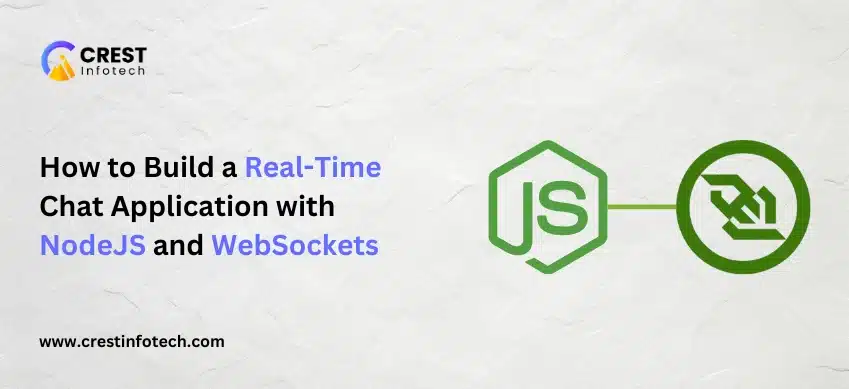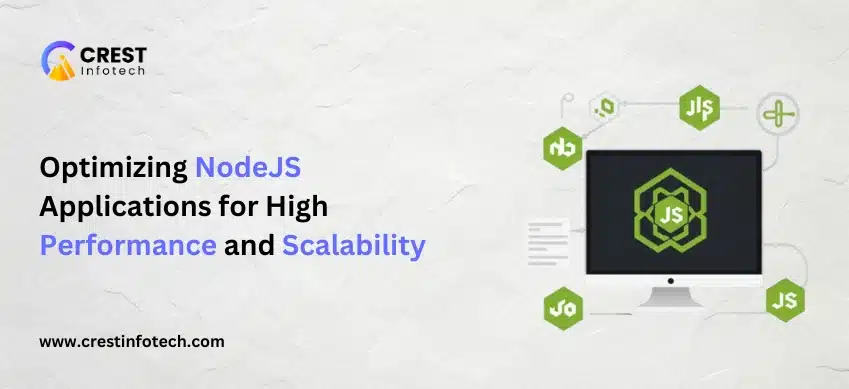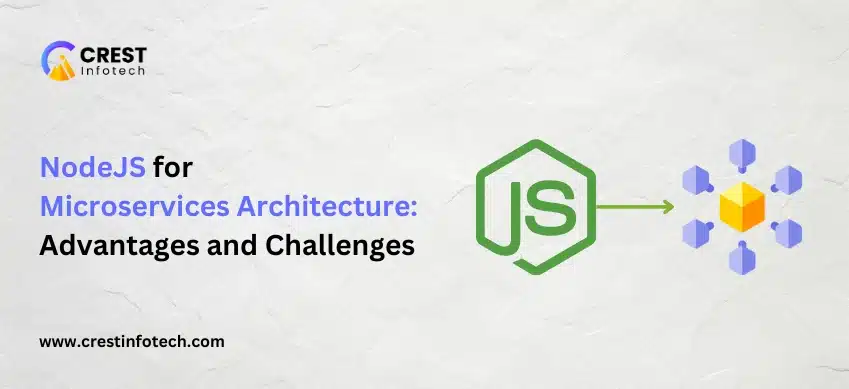Introduction
In today’s digital world, real-time communication has become a key feature in many applications—from social media to customer support. One of the most popular use cases for real-time functionality is chat applications. With Node.js and WebSockets, you can build a real-time chat app that is fast, scalable, and responsive.
This article will guide you step-by-step through the process of building a real-time chat application using Node.js and the Socket.IO library, which simplifies WebSocket implementation.
What Are WebSockets?
WebSockets are a communication protocol that enables full-duplex (two-way) communication between a client and server over a single, long-lived TCP connection. Unlike traditional HTTP requests, WebSockets allow data to flow back and forth in real-time without constantly opening new connections.
Why Use Node.js and Socket.IO?
-
Node.js handles multiple connections with minimal resource consumption.
-
Socket.IO abstracts WebSocket connections, provides fallbacks for older browsers, and makes event-based communication easy.
Technologies Used
-
Node.js – Backend runtime environment
-
Express.js – Web framework for Node
-
Socket.IO – Real-time engine built on WebSockets
-
HTML/CSS/JavaScript – Frontend
Step-by-Step Guide
🛠️ 1. Set Up the Project
mkdir node-chat-app
cd node-chat-app
npm init -y
npm install express socket.io📁 2. Project Structure
node-chat-app/
├── public/
│ ├── index.html
│ └── script.js
├── server.js🧠 3. Create the Server (server.js)
const express = require('express');
const http = require('http');
const socketIO = require('socket.io');
const app = express();
const server = http.createServer(app);
const io = socketIO(server);
// Serve static files
app.use(express.static('public'));
// Socket.IO connection
io.on('connection', (socket) => {
console.log('A user connected');
// Listen for chat messages
socket.on('chat message', (msg) => {
io.emit('chat message', msg); // broadcast to all clients
});
socket.on('disconnect', () => {
console.log('User disconnected');
});
});
// Start the server
server.listen(3000, () => {
console.log('Server running on http://localhost:3000');
});🖥️ 4. Create Frontend (public/index.html)
<!DOCTYPE html>
<html>
<head>
<title>Chat App</title>
<style>
body { font-family: Arial; }
#messages { list-style: none; padding: 0; }
#messages li { padding: 5px 10px; }
#form { display: flex; }
#input { flex: 1; padding: 10px; }
</style>
</head>
<body>
<ul id="messages"></ul>
<form id="form" action="">
<input id="input" autocomplete="off" placeholder="Type a message..." />
<button>Send</button>
</form>
<script src="/socket.io/socket.io.js"></script>
<script src="script.js"></script>
</body>
</html>✨ 5. Add Frontend Logic (public/script.js)
const socket = io();
const form = document.getElementById('form');
const input = document.getElementById('input');
const messages = document.getElementById('messages');
form.addEventListener('submit', function(e) {
e.preventDefault();
if (input.value) {
socket.emit('chat message', input.value);
input.value = '';
}
});
socket.on('chat message', function(msg) {
const item = document.createElement('li');
item.textContent = msg;
messages.appendChild(item);
window.scrollTo(0, document.body.scrollHeight);
});✅ 6. Run the Application
node server.jsOpen http://localhost:3000 in multiple tabs or browsers and start chatting!
Optional: Enhance with Features
-
Usernames: Let users choose a name before chatting
-
Rooms: Create multiple chat rooms
-
Timestamps: Add time to each message
-
Typing Indicators: Show when someone is typing
-
Message Persistence: Store chat logs in a database like MongoDB
Conclusion
With just a few lines of code, you can build a fully functional real-time chat app using Node.js and WebSockets via Socket.IO. This powerful stack is widely used in applications like Slack, WhatsApp Web, and online gaming platforms.
Real-time communication is no longer a luxury—it’s an expectation. By mastering WebSockets and Node.js, you can add this powerful functionality to your applications and elevate the user experience.
Happy Coding! 💬⚡



